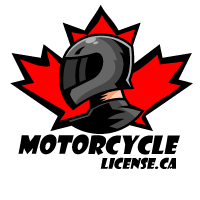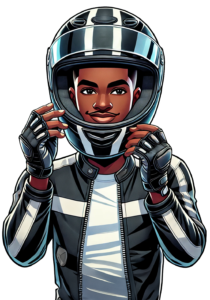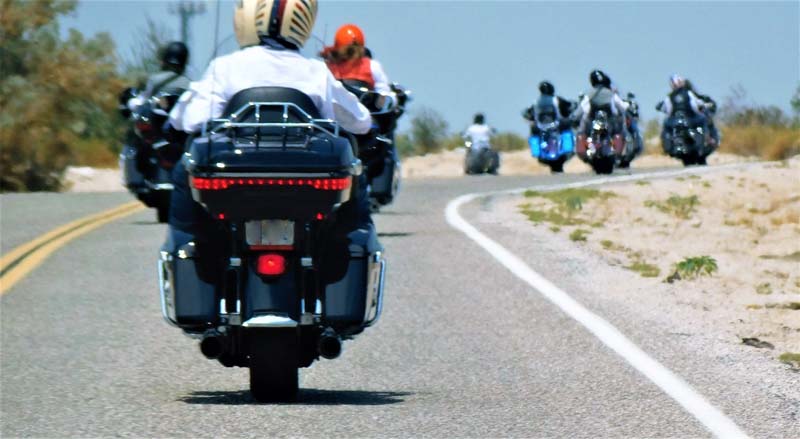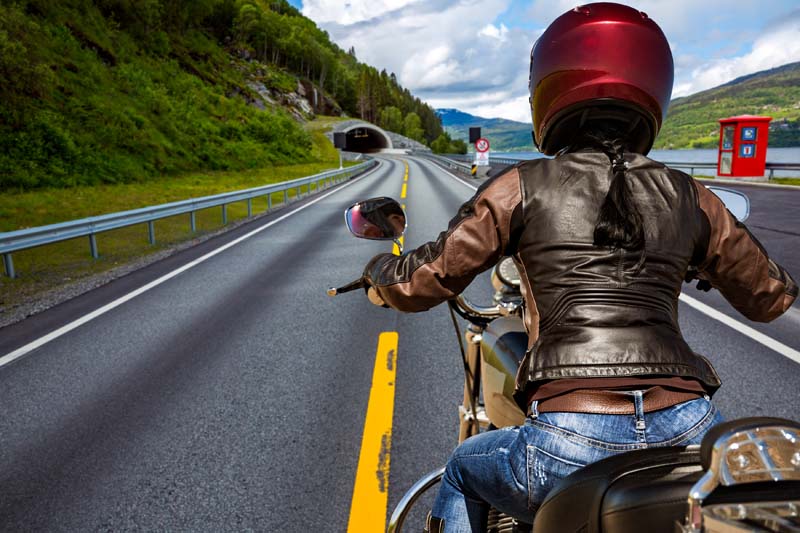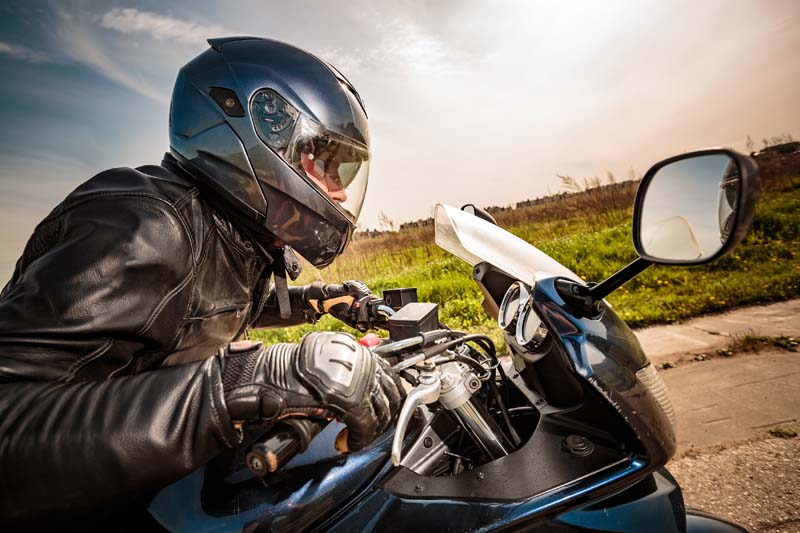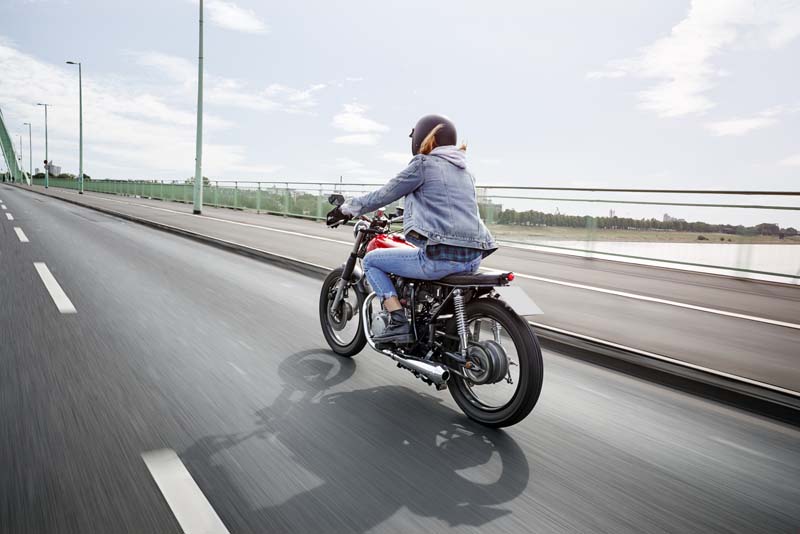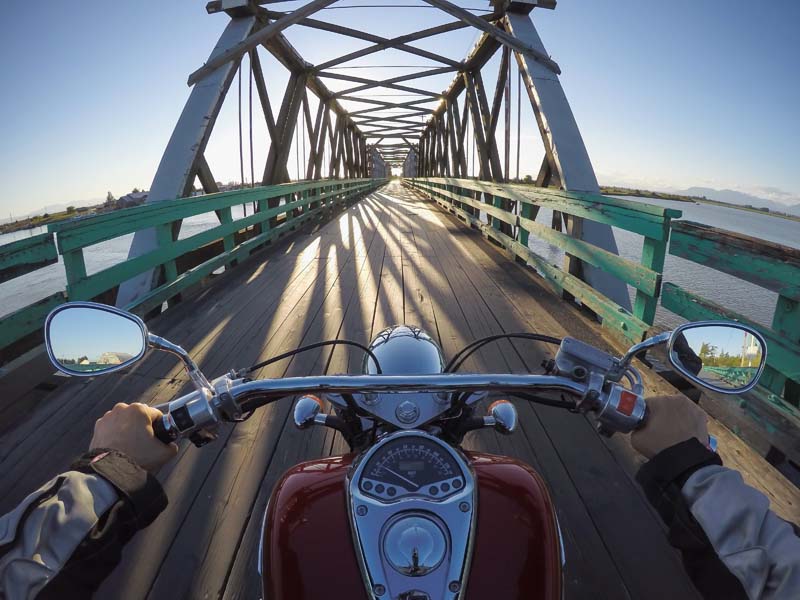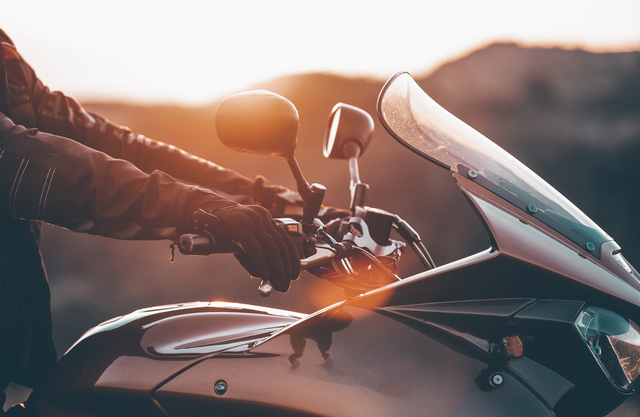Step-by-Step Guide to Preparing for Your First Motorcycle
Before diving into the exciting world of motorcycles, here’s a step-by-step method to ensure you have everything you need before getting your first bike.
Step 1: Sign Up for the MSF Course
Many places offering basic rider courses have seasonal availability, so it’s best to sign up early. Even if you’re just thinking about getting a motorcycle, secure your spot. You might have to wait four to six weeks, but in the meantime, you can research riding gear and different motorcycles.
Step 2: Buy a Helmet First
Don’t be intimidated by the high price tags on some helmets. Your first helmet should meet D.O.T. safety standards, and if it’s Snell certified, even better. If you’re in Canada, D.O.T. approval is mandatory. Your helmet should fit well and be comfortable since it will be your companion through your MSF course and early riding seasons. Aim for at least a three-quarter design, though I recommend a full-face helmet for maximum protection.
And hey, it’s totally fine to wear your helmet around the house before you get your motorcycle. It’s part of the experience!
Step 3: Minimal Gear for the MSF Course
Before showing up to the course, make sure you have the minimal required gear:
- Over-the-ankle boots
- Gloves
- Long-sleeve shirt
- Helmet
- Riding pants
Avoid showing up in slip-on shoes; be prepared from day one, even if you’re not riding immediately.
Step 4: Sit on Some Motorcycles
This is one of the most crucial steps in your riding journey. Head to a dealership and sit on various motorcycles. They won’t let you test-ride them yet without an endorsement, but sitting on them will help you gauge the fit and comfort. Sometimes, the bike you’ve been dreaming about may not feel as great in person as it looks online. Comfort is key, and if you’re under 5’8”, be mindful that certain models like dual sports might be challenging. Remember, adjusting the suspension can affect the handling, so choose wisely.
You might realize that a GSX-R isn’t ideal for a 30-minute commute, and that’s okay. Ergonomics matter, especially if your riding includes daily commutes, downpours, and stop-and-go traffic. Consider bikes like the Honda Rebel or Ninja 400 as great beginner options.
Step 5: Take the MSF Course
Now that you’ve narrowed down your motorcycle choices, it’s time to take the MSF course. After two and a half days of riding and instruction, you’ll have the basics down. And if you don’t pass the course, don’t sweat it. I know someone who dropped his bike during the exam, yet he went on to buy his first motorcycle and now has over 4,000 km of riding experience. The course is your chance to learn in a controlled environment without worrying about damaging your future bike.
Step 6: Research Motorcycles and Insurance
This is where the fun begins. You’ll find mixed reviews online, so stick to those that align with your riding style. Ignore reviews that complain about a 650 being slower than a liter bike or those that fantasize about turbocharged models. Focus on practical information: how the motorcycle performs in different conditions like rain, commutes, and hot weather.
If you pass the MSF course, your insurance rates may drop because you’re now considered a safer rider. Financing a motorcycle, however, will cause your insurance premiums to skyrocket. I recommend saving up and buying a bike outright if possible. But whatever you decide, weigh your options carefully. For example, if insurance for a brand new R6 is $450 per month, it might be worth reconsidering your purchase or saving up more money. Riding is supposed to be fun, so don’t let financial stress get in the way.
Step 7: Buy a Used Motorcycle
For your first motorcycle, buying used is always a smart choice. You’ll likely drop it while learning, and it’s better to scratch up a used bike than a brand-new one. Motorcycles lose nearly half their value within the first couple of years, so let someone else take that hit. You can often find a low-mileage Ninja 400 at half the MSRP of a new one.
Your first motorcycle doesn’t have to be your forever bike, and it’s okay to start small and upgrade as your skills improve.
Step 8: Buy More Gear and Tools
Once you’ve picked out a motorcycle and are getting it road-ready, it’s time to upgrade your gear. If you only have the gear from the MSF course, you’ll need something more durable for street riding. Invest in a good jacket with padding, proper riding gloves, and riding pants if you didn’t already get them. The MSF course may have only covered low-speed maneuvers, but street riding will involve higher speeds and greater risks. Gear up accordingly, focusing on helmet, boots, gloves, and a jacket first. Each year, add more gear to your collection as you gain experience.
Step 9: Start Riding
You’ve bought your motorcycle and all the necessary gear—now it’s time to ride! If you’re feeling intimidated, don’t worry. Many riders start by practicing low-speed maneuvers in parking lots before venturing onto the streets. Get comfortable with your bike’s controls, including mirrors, signals, and the horn. While the MSF course won’t cover everything, you should now have the basics down and be ready to ride legally and safely on the streets.
Remember, don’t rush the process. Take your time, and you’ll improve with every minute spent on your motorcycle.
